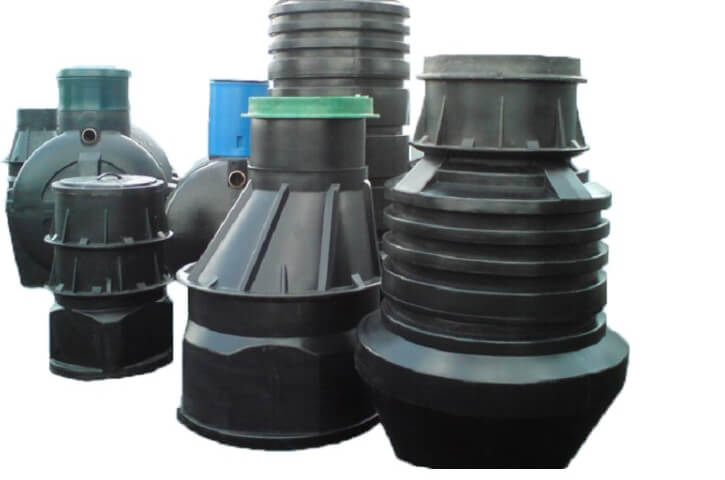Plastic engineering wells - an innovative solution for various engineering systems and communications. Due to their features, they provide a number of advantages over traditional reinforced concrete wells.
One of the main advantages of plastic engineering wells is their light weight. Due to the use of modern composite materials, they are much lighter than their reinforced concrete counterparts. This simplifies transportation and installation, which in turn reduces the cost of this procedure.
One of the important advantages of plastic wells is their resistance to corrosion. Unlike reinforced concrete wells, which are susceptible to destruction over time due to the aggressive environment inside, plastic wells do not rust and do not require additional maintenance. This allows you to significantly extend their service life.
Another advantage of plastic engineering wells is their tightness. Thanks to their special design and high-quality materials, they provide reliable protection against the penetration of water, soil and other external influences. This is especially important when using wells for water supply and wastewater systems.
Plastic wells are also easy to install and easy to maintain. They have a variety of opening and accessible covers that allow inspection and repairs to be carried out quickly and conveniently. Moreover, these wells have a modular structure, which makes it easy to add the required number of blocks and change their configuration depending on the requirements of the project.
It is also necessary to note the environmental nature of plastic engineering wells. Being made from polymer materials, they do not harm the environment and can be disposed of without danger to human health.
In conclusion, plastic engineering wells are a modern and highly effective solution for engineering systems and communications. They provide easy installation, corrosion resistance, sealing, accessibility for maintenance and environmental friendliness. Due to their advantages, they are increasingly used in construction and public utilities.
Installation of inspection wells is necessary:
- in places where the diameter or slope of the pipeline changes;
- when the direction of flow changes;
- at the junction of side branches;
- in straight sections, at distances convenient for operation (every 35–300 m depending on the diameter of the pipeline).





